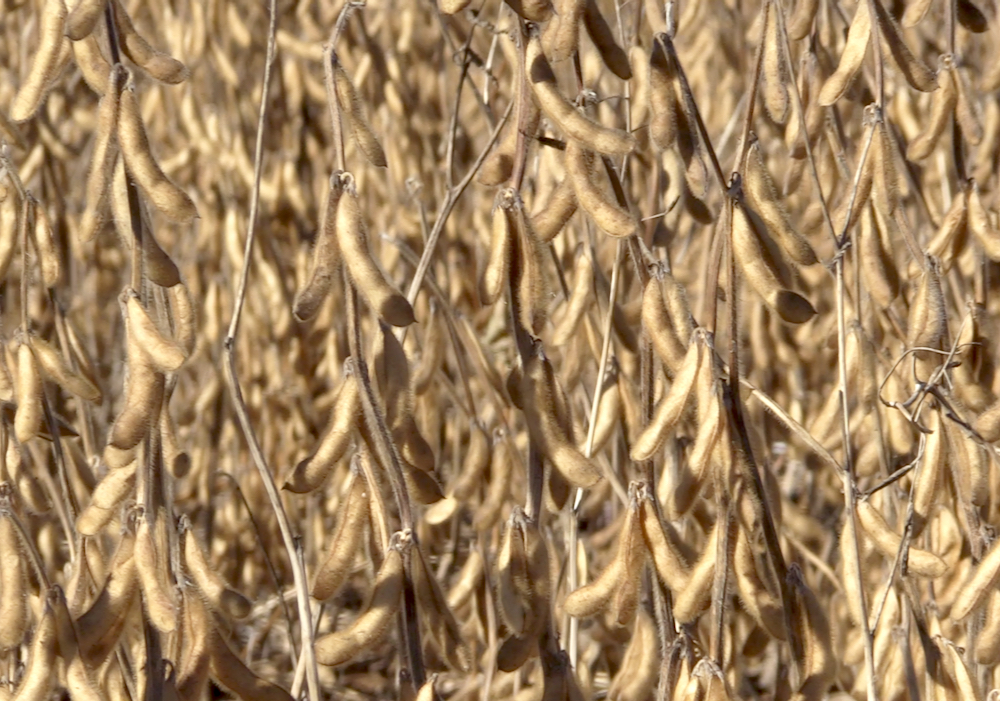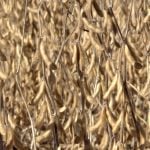Farmers in the prime durum-growing area of southern Saskatchewan are expected to seed more of the crop this spring, but competition from canola may sway some last-minute plantings, according to an elevator manager in southern Saskatchewan.
While there may be some apprehension over the changes to the marketing system for durum in Western Canada with the end of the Canadian Wheat Board single desk, farmers are showing good interest in growing the crop, according to Warren Mareschal, sales manager with South West Terminal near Gull Lake, Sask., about 55 km west of Swift Current.
Read Also

China imports no U.S. soybeans in September for first time in seven years
China imported no soybeans from the U.S. in September, the first time since November 2018 that shipments fell to zero, while South American shipments surged from a year earlier, as buyers shunned American cargoes during the ongoing trade dispute between the world’s two largest economies.
"Durum will be strong in our area, because (farmers) grow it well and they grow good quality," said Mareschal.
Recent moisture in the region will help the crop get started, but durum will also need timely rains over the course of the growing season, he said.
Agriculture and Agri-Food Canada currently forecasts Prairie durum seedings in 2012 at about 4.5 million acres, which would compare with four million the previous year.
However, more canola is also being grown in the durum-growing region, as the net returns are very good, said Mareschal.
Also, seeding will likely start early this year, which could lead to more canola acres as canola is one of the first crops seeded.
From a pricing standpoint, Mareschal said, buyers were really quiet and not offering strong new-crop durum prices just yet.
However, at the same time, growers are also reluctant to sign anything until they have a better sense of the options available to them.
The voluntary CWB is set to announce details of its pricing options, including pooling, on Thursday (March 29).
ICE Futures Canada has introduced durum contracts, which would "help us lay off some risk," if they can become more liquid, said Mareschal.
He expected the volumes would pick up in the futures once there are more new-crop bids and growers start pricing the 2012 crop.
















